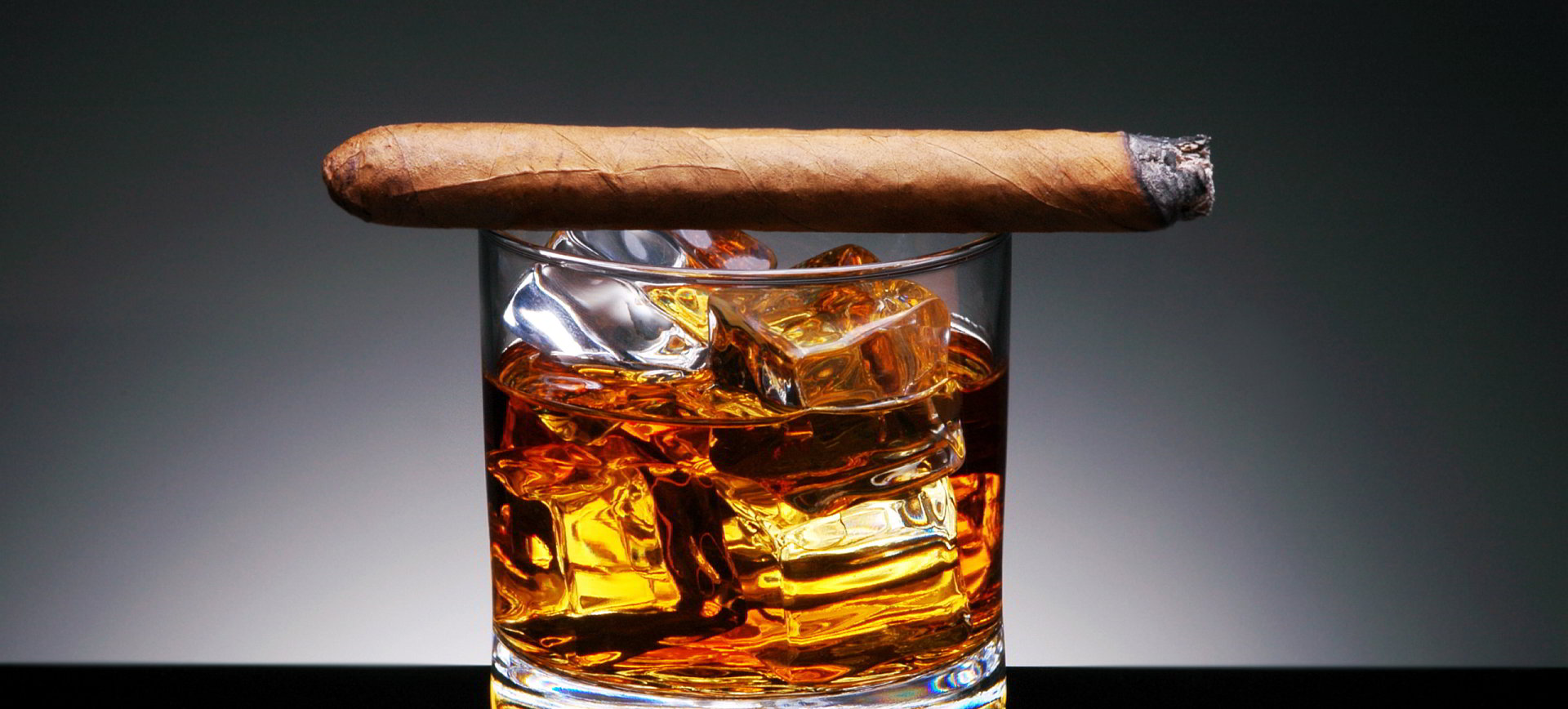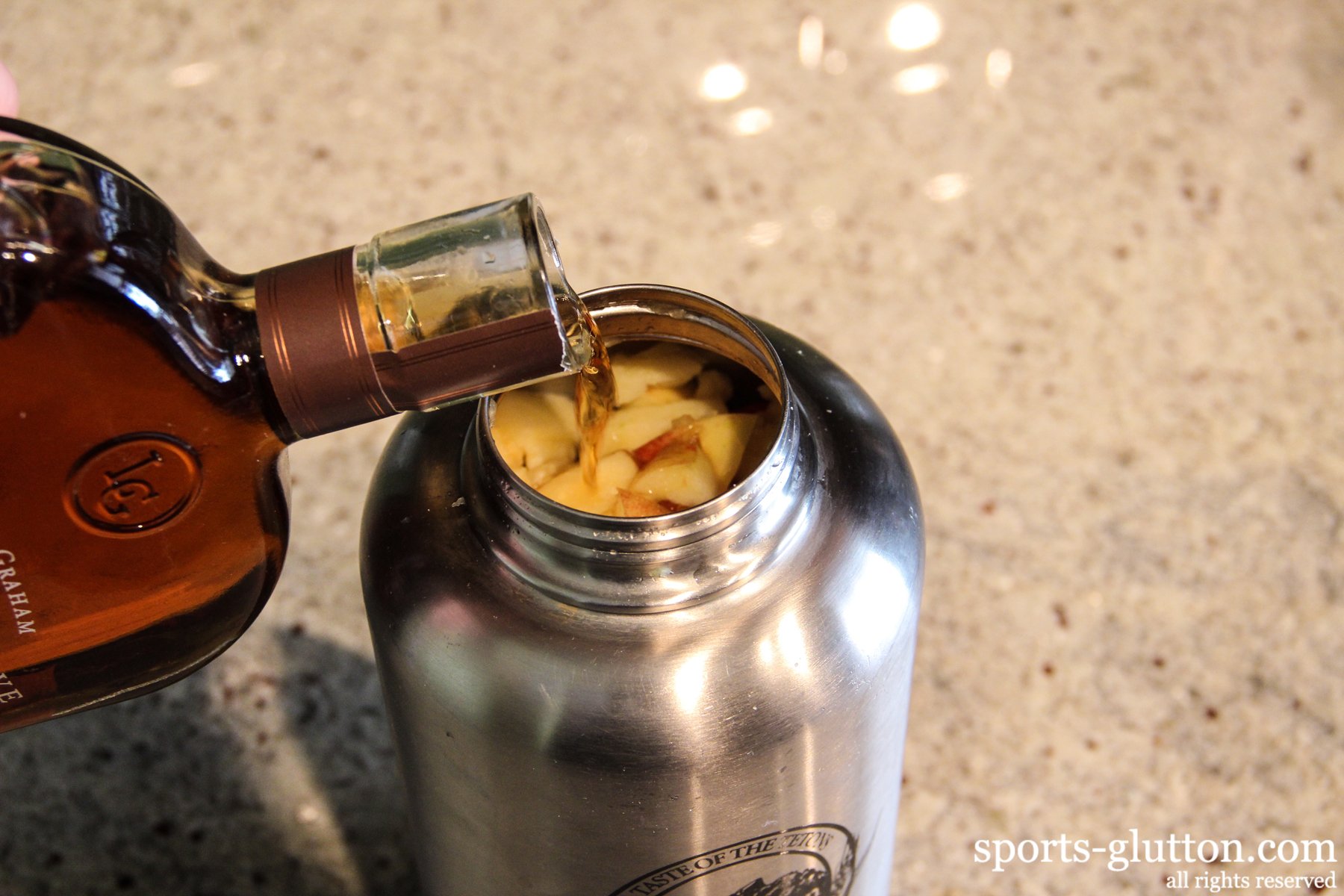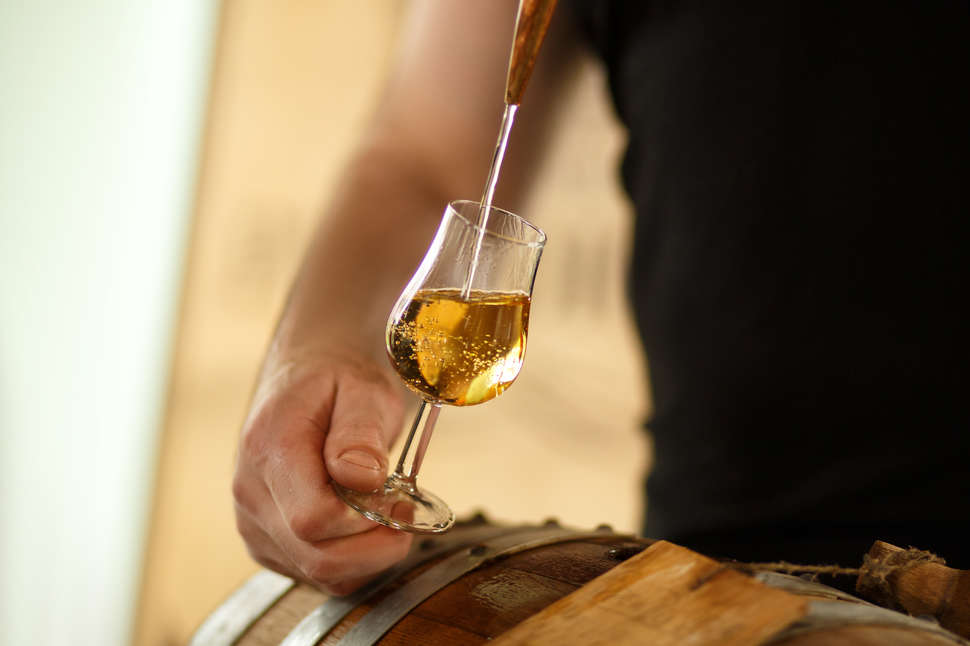Stay Well And Take Care
Some of the most basic things that mom told us are true to get us back to health.
- Sleep as much as you can. Naps are fabulous.
- Hydrate as it helps to thin your secretions and helps replace the insensible loss due to fever. Warm liquids like our Nourishing Slow Simmered Beef Bone Broth and our Tranquil Lemon Ginger Tea helps to thin your secretions.
- Use a humidifier as it helps to moisturize your nasal, throat, and lung passages, making it easier for air to pass through.
- Immune Boosting Chicken and Rice Soup and Golden Spiced Noodle Soup are warm and therapeutic cozy cold and flu fighting bowls of deliciousness.
- If your condition does not improve, you have a high fever or difficulty breathing get seen by a medical professional.
Prepping And Cleaning Your Whiskey Still
*DO NOT SKIP THIS STEP!
Keeping up on prep-work for your still is mission critical. Even if you cleaned your whiskey moonshine still after your last run and let it sit for a while, it is still recommended to clean it before transferring your whiskey mash water. This is especially the case on copper stills that are starting to show a salt buildup.
If you want to add packing to your column, this is the time to do it. Pack your column with the amount of copper packing that is appropriate for your setup.
If your still setup has a condenser, hook up your water input and output.
Finally, its time to add your mash water to the whiskey still. Again, you can use a cheesecloth or auto-siphon to transfer the mash water into your still without including solid material.; Its very important that you dont allow any solids or sediment to be included in the still.
If this is your first run ever, below is a great walkthrough of how to set up your pot or reflux whiskey moonshine still.
An Inside Look At What It Takes To Make Bourbon
o be called Champagne, sparkling wine must come from a certain region of France. Tequila, similarly, must be made in Mexico.
Whiskey is distilled all over the world but by federal law, only whiskey made in the United States with adherence to very specific guidelines can be called bourbon.
You can do the exact same process in Canada and it would just be Canadian whiskey, says Philip McDaniel, co-founder of St. Augustine Distillery in St. Augustine, Florida. Bourbon is Americas whiskey.
The U.S. Alcohol and Tobacco Tax and Trade Bureaus Spirits Beverage Alcohol Manual details the guidelines as designated by Congress in 1964. To be called bourbon, a spirit must be Whisky produced in the U.S. at not exceeding 80% alcohol by volume from a fermented mash of not less than 51 percent corn and stored at not more than 62.5% alcohol by volume in charred new oak containers.
Lets break that down, shall we?
Recommended Reading: What To Mix With Jim Beam Honey Whiskey
How To Make Whiskey At Home
Image by cuoredicioccolato via YouTube
I think making your own liquor is a cool concept that you can make at home with only 4 ingredients. This tutorial by cuoredicioccolato on YouTube shows a technique on how an at-home 10-year-old whiskey in just 10 days. This is such an informative tutorial because he talks about the different options of alcohol if you cannot find the high-level percentage. All of these ingredients are sold at shops or online without needing to use expensive tools. Also, the 10 day homemade whiskey method gives off the same satisfication as a whiskey aged for 10 years.
- 2 cups of food alcohol ethanol or ethyl alcohol
- 10 oz water
- 1 tbsp cane sugar, brown sugar, or caramel
- 3.5 oz oakwood chips
When Should I Carbon

Never, ever. Carbon filtration removes flavours andaromas from the spirit, which you need to do if youve produced a sugar washwith a fuel yeast , but this is not justunnecessary but even detrimental in a whiskey wash. If you have tocarbon-filter a whiskey to make it taste better, youve done something horriblywrong and might as well throw it out. There is a very slight exception to thisrule , which is outlined in the next section under OakTreatment.
Read Also: How To Make Moonshine Whiskey
Are You Tired Of The Dinner Routine
Stuck in a rut or looking for fun new recipes to try?
Our is growing every day! If you havent joined yet, we invite you to come check it out and join the fun.
You can ask for recipe ideas, talk about cooking techniques, or get help figuring out the right new pan set for you. If youve already joined, invite a friend along!
Are There Any Dangers Of Drinking Homemade Vodka
Theres a reason why distilling at home without a license is illegal. You can seriously harm yourself and others even without getting to the drinking part. The distilling process alone involves dangers , and even when youre able to survive the delicate process, you can still end up consuming a poorly-made and potentially unsafe drink.
Don’t Miss: What Are Some Good Rum Drinks
Standard Dosage Of Whiskey Honey Lemon Cough Syrup
These little shot glasses we have hold 3 teaspoons. Dosage is 1-2 tablespoon for adults every 4 6 hours or as needed. Equal amounts of Whiskey or bourbon, fresh lemon juice and honey. We like to just stir in up and drink it in a shot glass. However, if you are craving something a little warm you can add it in a cup of hot water or your favorite herbal tea and enjoy a steamy cup.
Is It Hard To Make Vodka At Home
Vodka is both the easiest and the hardest alcohol to make. Its easy considering that you can make vodka out of anything that has fermentable sugar. Its also difficult because you would need a still capable of distilling the fermented mash to a high alcohol level. Assuming you have access to all the equipment, then the hard part is over.
Don’t Miss: How Many Carbs Does Flavored Vodka Have
Add Some Character To Your Bourbon In The Still
Even though the most challenging part of making bourbon at home is over, you cant make a toast just yet, because the fermented mash at this point lacks character of the bourbon.Using the copper still can be extremely dangerous, so proceed with caution. Put the mash in the still, and heat it over medium heat, so that it can evaporate the alcohol, and separate the distillate into a pot.
If you purchased a still from our recommended source, your still will come with instructions on how to make everything happen.
Making Sure Your Liquor Is Tasty And Safe
The first 100 milliliters or so from a 5-gallon batch should probably be tossed. Not only is it potentially dangerous to drink , it also might not be that great, taste-wise. “On a smaller scale, tossing this first yield is going to be primarily flavor-focused,” Katz said, “but you take that cut for a couple reasons. One, you’re flushing the still of its previous run — whatever was distilled before is through the system, and you’re on a clean, new run. And that can also impart off notes and off flavors and aromas. Also, it could be unsafe to drink, in general.” So for safety and flavor, you would probably want to toss the first 100 milliliters or so you collect from your still.
Also Check: How Much Rum To Coke
Things To Remember Before Making Alcohol At Home
- Safety comes first. Whether it’s wine or spirits, inexperienced and careless homebrewers are always at risk of unwittingly using harmful ingredients that can be lethal or cause blindness to those that drink them.
- Distilling alcohol without a license is illegal. While non-commercial brewing of beer and fermenting of wine are allowed almost everywhere, distilling alcohol without a license is prohibited, as in most countries.
- Making alcohol requires passion. If you want to make alcohol, it should be because you really want to. The best homebrewers take pride in being able to come up with their own drink and therefore are willing to put safety on top of everything.
- Making alcohol requires a lot of sterilization. Any contaminant from any stage of the process that gets in, whether airborne or in the alcohol container you used, can cause the concoction to be malignant.;
- Invest in the right tools. Do you want to make your own alcohol to save a few bucks by having your own stash at home? If youre not willing to splurge on a good drink, chances are youre not willing to spend extra on safety tools and equipment. Its not going to be worth saving money at the expense of compromising your health and that of others.
- Containers need to be sealed properly.;Having a controlled environment and clean equipment;is a must.
Preparing The Grain Aka Malting

Grain shipped to the whiskey manufacturer is first stored in silos, and then inspected and cleaned to remove all the dust, and any other foreign particles that may be present. Except for barley, all other grains are ground in a gristmill.
The resulting meal from the grind is then mixed with water, and then slowly cooked in a closed pressure cooker at temperatures up to 310°F The meal can be cooked even more slowly in an open cooker at 210°F.
Barley contrarily is not cooked, but is malted a process that involves soaking it in water, and then spreading it out, and keeping it moist for roughly three weeks This process of malting basically helps the barley sprout or germinate, and converts it into sugars.
Recommended Reading: How To Make The Best Vodka Martini
What Happens During Aging
During the storage period changes in temperature and humidity cause alcohol to be pushed into and sometime sucked out of out of the wooden walls of aging barrels. As this natural ebb and flow occurs the alcohol is gently filtered by the wood. Some of the whiskey actually evaporate through the wooden container walls .;At the same time, vanillins and;tannin;are extracted from the wood and impart their unique flavor and color to the whiskey.;The;cumulative;effect of the intricate process of barrel aging is a final product that has more character and less bite than the clear,;fiery;spirit;that went into it.
Can Homemade Vodka Get You Drunk
The fermentation process creates a vodka with only about 16% ABV, which is way too low for spirits. But youre going DIY, so that means you can make the extract stronger by putting it back in the distillation setup to minimize alcohol loss. You can perform tweaks and make it on par with commercial vodkas at 40% ABV or stronger.
You May Like: Is Gin Good For Gout
How To Make Homemade Whiskey
Whiskey is a distilled beverage which is commonly consumed worldwide. Although the production of whiskey may seem complicated, unlike other spirits, is very easy and can be made comfortably at home. If you like this drink or want to surprise your guests, pay attention to the next article, where OneHowTo.com will teach you how to make homemade whiskey. With these steps you will get a personal drink with a unique taste that is impossible to get. Go ahead and add to your whiskey the value of having it made by yourself.
The selection of good fresh corn kernels will determine the whole production process. This is the most important ingredient, as it will give the flavour to the whiskey. When you have chosen the corn that you will use, placed 5 kg of it in a bag of hemp or jute.
The next step the process of maize humidification. To do this, you must place the 5 kg of maize in the hemp bag into a container of warm water. Pay attention and make sure that 100% of the bag is submerged in the water and leave to stand for about about 5 minutes, just like this you will be certain all the grains are damp.
After this time, remove the sack with maize and place it in a closed and dark space in your home, such as a basement or attic. It is very important that in this place the temperature is warm or cool, but never cold. You should keep the bag in the room for a period of 10-12 days.
How To Make Whiskey Still
6. Distilling your whiskey. Whiskey is traditionally distilled using a pot still, however modern reflux stills and flute towers can also be used to make high quality whiskey at home. As with any type of distillation, on the first run you will want to throw away the first 50 milliliters for every 20 liters of mash in your still. For example, if you are using a 100 liter still, you will discard the first 250 milliliters. After that it is your choice of how to blend the heads, hearts, and tails cuts to your liking.
7. Aging your whiskey. Once you have decided on the cuts of whiskey that you would like to keep, you can either drink it unaged like a traditional moonshine, or age it. Aging will drastically improve the flavor and smoothness of your whiskey. Traditionally, whiskey is aged in charred oak barrels, however if you dont have any barrels, you can emulate this at home by aging your whiskey on toasted oak chips. We recommend putting your whiskey on oak at 60% ABV or less. Putting your whiskey on oak at a higher ABV than 60% will bring out unpleasant woody flavors, while 40%-60% ABV will bring the more desired notes out of the wood. Whiskey generally needs to be aged for a minimum of three years before it can legally be sold at stores with Whiskey on the label.
Recommended Reading: Where Can I Buy Ciroc Vodka
How To Make Scotch Whiskey
What you need:
- 4 or 5 large metal pots;
- 3 or 4 metal cooking trays;
- Copper pot still Fermentation vessel
- One cup of brewer’s yeast;
- Stirring utensil ;
- 10-gallon oak barrel
Steps:
What Ingredients Are Used To Make Whiskey
Whiskey is made from just three ingredient:
- water
- barley
- and yeast
Water:
Water is a multifaceted ingredient that plays three major roles in the production of whiskey, starting from the mash process, distillation process to the cask maturation process.
The quality of water plays a pivotal role towards the quality of the finished product. Contaminated water can affect every stage of the whiskey making process, and alter the taste, odor, and color of the whiskey.
Water used in the whiskey making process should be clean, clear, and free from bad-tasting impurities such as iron. Bad water can ruin all the efforts put into the distillation process after maturation, resulting in an abrupt, hot finish.
Pick Your Grain:
Most whiskeys are made from a blend of several different grains such as barley, corn, rye, and/or wheat grain. Grains are responsible for creating texture, and depth, and for bringing out the best potential flavor of each grain used in the mix.
Barley for example packs a mean punch, and is mostly used in Scotch whisky. Scotch barley whisky possesses an inherent bite, and typically has a smoky, earthy character. Corn whiskey features creamy flavors, and notes of toasted marshmallow.
Wheat was once less mainstream, but today is a hit in the whiskey world. Almost all wheated whiskeys are made in the USA, and are billed as one of the smoothest whiskeys made.
Yeast:
Also Check: How Much Sugar Does Vodka Have
How To Make Corn Whiskey
This article was co-authored by our trained team of editors and researchers who validated it for accuracy and comprehensiveness. wikiHow’s Content Management Team carefully monitors the work from our editorial staff to ensure that each article is backed by trusted research and meets our high quality standards. This article has been viewed 48,409 times.Learn more…
If you’d like to try your hand at homemade whiskey, corn whiskey is a great one to start with. You’ll need to create a corn mash with a few basic ingredients . Strain the liquid and distill it in a pot still. With a little time and effort, you’ll soon be enjoying your own smooth, corn whiskey.
Bringing It All Back Home With Barrel Aging

If you want to call your fresh new batch of alcohol real “whiskey,” you need to let it age in a barrel first. For a smaller volume batch of alcohol, barrel size definitely matters. “A smaller barrel means a decreased surface area. So the alcohol will be able to absorb the qualities of the wood, like the notes of oak, cedar, or other components that come directly from the wood itself,” Katz said. So, small batches require smaller barrels to be fully effective. You can leave it in as long as you want, but if you are making your own small batch, you probably want to try it sooner than later, right? This will give you the most flavor, in the shortest amount of time.;
Don’t Miss: What Proof Is Bacardi Rum